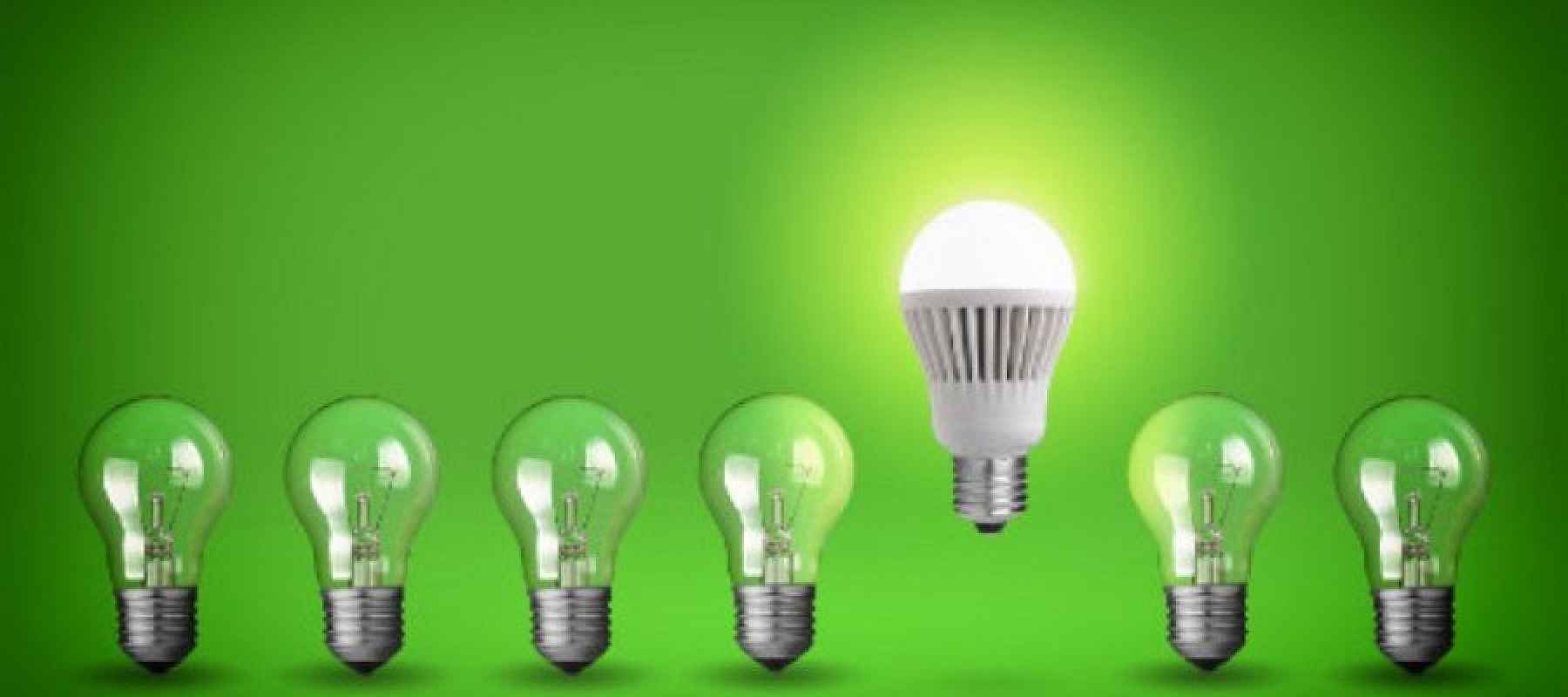If you've ever wanted to learn about LED lighting, read below to learn everything you've always wanted to know.
What Exactly Are LEDs?
LED stands for light-emitting diode. A diode is an electrical component that allows electricity to flow in only one direction. Electrons are pushed in one direction and wind up emitting photons in the process, which gives us light. There's a lot more science involved than that, but you get the idea.
Lifespan of LEDs
LED lighting technology is getting to the point where LEDs are starting to replace traditional light bulbs in gadgets and homes, as some LEDs can last up to 50,000 hours. You can leave some LEDs on 24 hours a day and they would last almost seven years!
LED Uses
LEDs have a wide variety of uses. Because some of them are tiny and can be placed on light strips, they can be conveniently mounted almost anywhere. Oftentimes, LED lighting strips are used to accentuate the undercarriages of sports vehicles, to draw attention to motorcycles, for lighting up the inside of stereo systems and speakers, for holiday decorations, for light at construction sites, in household dimming systems, and basically anywhere light is needed or could add flair. There are special LEDs rated specifically rated for enclosed fixtures, and there are ones that can take the place of traditional light bulbs. When choosing LEDs, be sure to purchase ones specific for your purpose.
Costs of LEDs
LEDs can be pricier than traditional bulbs, because they are often more convenient, they last longer, and the technology is still somewhat new, making LEDs more expensive to manufacture. For household uses, the extra costs of LEDs could be easily offset by long-term savings of switching to LEDs. Paying a bit more for LEDs that are made with high-end components could also mean extra savings, as the LEDs are sure to last longer than inexpensive LEDs or traditional bulbs.
Environmentally Friendly
Traditional light bulbs don't last as long as LEDs and can consume more energy. Long-lasting LEDs will consume less energy and also produce less waste, since they last longer and will not be thrown away as often as traditional light bulbs. The US Department of Energy recommends switching to LED lighting to reduce energy consumption, carbon emissions, and the need for new power plants. In many cases, switching to LEDs could even qualify you for a tax credit from the Department of Energy's DSIRE program.
Light Output
If you're worried about switching to LEDs because they may not produce the right amount of light for your needs, rest assured that LED replacements are capable of replacing traditional bulbs up to 100 watts. The light quality is great, and it's doubtful you'll even notice the change.
The best way to begin the switch to LED lighting is to look at some different types of LEDs and how they can be used for your needs, such as in your home in a traditional fashion or for more interesting uses as those described above. Once you start brainstorming, you're sure to find all kind of uses for LEDs that can make your life more economically and environmentally friendly and maybe even more interesting.




